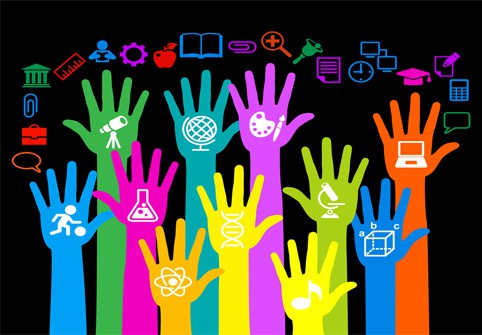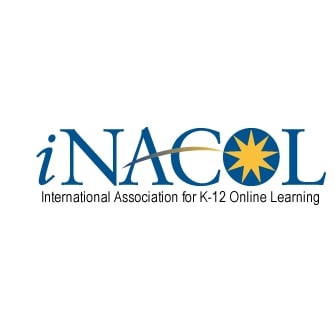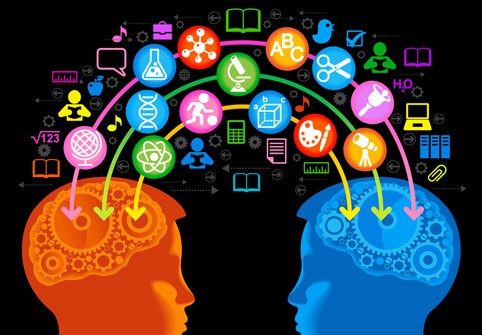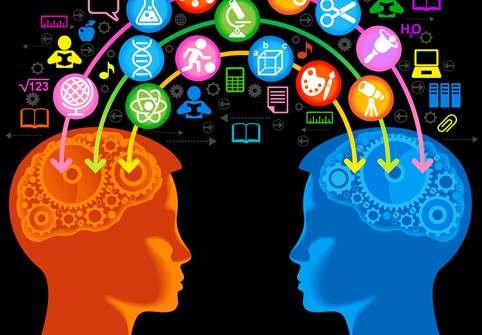Posts by Guest Author
Driving School Choice Through Cloud Computing
In recent years the words “school choice” have gained increasing buzz among educators and parents in cities across the United States. Many reformers believe that providing students and parents with options beyond their geographically assigned school will promote healthy competition among schools and give parents the opportunity to seek out a school that will best meet the needs of their children.
Hip Hop: An Alternative Method for Student Engagement
Apathy is the enemy of learning, and, regrettably, many teachers operate at a disadvantage because student motivation is low. Good educators are always looking for innovative ways to inspire students to achieve academic success. Some methods are more controversial than others, but if there is a positive impact in scores, these methods are worthy of consideration. The goal is to get students more invested in their learning experience. One strategy for doing that is to blend the mandated curriculum requirements with elements of popular culture.
iNACOL Hosts Webinar On Race to the Top District (RTT-D)
Here is one more opportunity to listen to another perspective that will provide you more information about the role that digital learning can play in a successful application. This webinar is brought to you by the International Association for K-12 Online Learning (iNACOL) on Friday, August 31 4-5 pm ET. If you’d like to attend for free, please register here: http://www.inacol.org/events/webinar/special_edition.php.
Changes in the Public’s Attitudes Toward the Public Schools
Change is hard – something that those in the education community may know better than most. Whether it is changing a school culture, a child’s life prospects, policymakers’ thoughts on accountability, or voters’ minds on a bond referendum, educators are constantly on the lookout for evidence that they are succeeding as change agents. Sometimes that evidence seems scarce, particularly at a national level, as policymakers push education in ways we don’t always like and rhetoric indicates that we are to blame for a great number of society’s problems.
Virtual Field Trips Rise in Popularity: How Educators Can Host Their Own
A small group of fearless fifth graders are sent to outer space to help NASA locate and rescue a lost spaceship orbiting one of the universe's revolving planets. It's a dangerous mission, but these young children are NASA's only hope.
Portland Entrepreneur Innovates LEP High to Inspire Students’ Futures
100in100pdx is a Challenge to consult and coach with 100 Portland-based businesses in 100 days, while donating 50 percent of the fees to non-profits that plant and nurture the seeds of entrepreneurship. LEP High, the Leadership and Entrepreneurship charter high school in Portland, will be one of these non-profits and I had the pleasure of interviewing entrepreneur and co-founder, Adam Reid.
5 Wireless Considerations When Introducing BYOD at Your School
In this blog we will cover the top five wireless considerations in introducing BYOD to your school and they are defining BYOD policies; growing client densities; managing the different devices; managing the classroom; and understanding the impact BYOD has on supporting classroom applications.
51 Essential EdTech Tools By Category
Technology and education are pretty intertwined these days and nearly every teacher has a few favorite tech tools that make doing his or her job and connecting with students a little bit easier and more fun for all involved. Yet as with anything related to technology, new tools are hitting the market constantly and older ones rising to prominence, broadening their scope, or just adding new features that make them better matches for education, which can make it hard to keep up with the newest and most useful tools even for the most tech-savvy teachers.
Common Core: Blended Learning Solves Math
The two Common Core assessment consortia, Smarter Balanced and PARCC, have both recently released material giving us an insight into the upcoming Common Core math tests.
Big Data: Like Sunshine For Parents
Does school performance data really matter to parents? And does it facilitate parent-driven school accountability? As GreatSchools CEO Bill Jackson put it during his testimony before Congress in late 2011, “School performance data is like sunshine for parents. Parents need data to make good decisions about their children’s education.”












